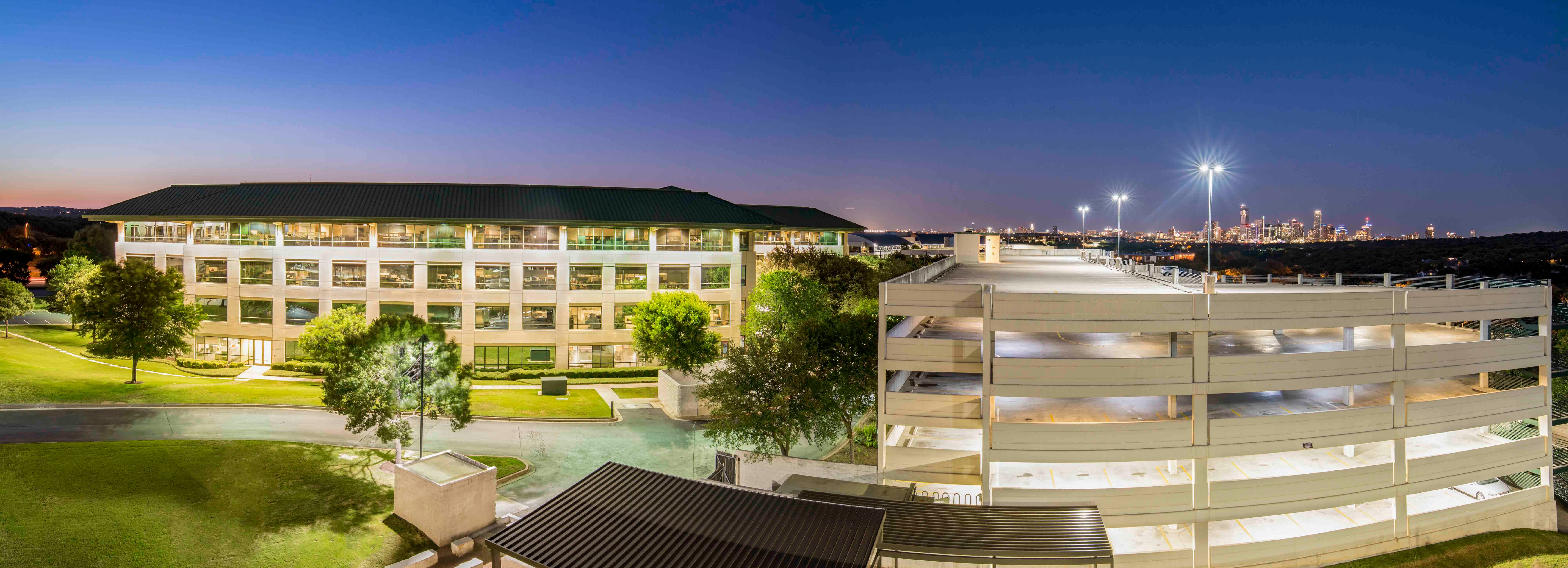 Bob Young of Weitzman presented the firm's 2020 outlook at a recent forecast event.
Bob Young of Weitzman presented the firm's 2020 outlook at a recent forecast event.
DALLAS—Weitzman recently shared the results of its DFW retail market survey and forecast, covering key metrics such as occupancy, construction and net leasing. Just as importantly, Bob Young, Weitzman's executive managing director, explained the why behind the numbers.
To start, here are five lessons Weitzman learned in 2019:
- The strong occupancy is not a fluke with the DFW market now in its seventh year of near-record occupancy.
- This is the most geographically balanced retail market in DFW's history. Nearly all of the submarkets are healthy.
- The low construction market is here to stay for the foreseeable future. While DFW leads the country in job growth, population growth and major corporate relocations, low construction will remain.
- Restaurants are the most valuable player of retail leasing. Weitzman has 4,700 restaurants in its center database and that number keeps growing. Following closely behind are fitness, health and beauty, medical and services.
- The convergence of physical and digital retail is paying off.
"In Frisco, for example, we worked with a steak and ramen restaurant struggling to attract business in a saturated market," Young says. "Using targeted digital tactics, including search and social, we saw the restaurant's sales rise 50% in just seven months."
For its methodology, Weitzman professionals surveyed every DFW shopping center of 25,000 square feet and greater. As of year-end 2019, that meant 1,427 shopping centers totaling 200.5 million square feet. This is the first time DFW reached the 200-million-square-foot mark. The retail market ended 2019 with its highest occupancy in 38 years at 93%; 1981's occupancy was 94.8%.
"And from a numbers perspective, occupancy would look even better without the hit from the massive Sears stores that closed, which hit class-A retail like Stonebriar and North East Mall, but we are on a healthy streak," Young says. "DFW has reported occupancy above 90% since 2013 or seven years of back-to-back stability and strength. And all indicators point to 2020 as the eighth year in a row."
Like DFW, other major metros report near-record occupancy: Austin at 50.6 million square feet with 96% occupancy, Houston at 161.9 million square feet and 95% occupancy, and San Antonio at 47 million square feet at 94.5 % occupancy.
In looking ahead to 2020, here are five predictions from Weitzman:
- Retail occupancy will finally reach 95%. The disruption of retail is basically over and now retailers have transitioned to what Weitzman calls Customer/Convenience/Convergence. That means the customer is commanding what retailers do. They want convenience, and retailers respond by seamlessly blending the physical with the digital.
- 2020 will be another year of low construction. With today's land and construction costs, rents would have to be way above market to justify new space, which is a non-starter for most retailers.
- Vacancy = Opportunity. In the Texas retail market, with low construction and high occupancy, vacant space today is seen as opportunity. Today, if a store fails, it means the customer has rejected the concept. But vacancy in a well-located center gives the landlord the opportunity to re-merchandise and re-energize the center. Retail today has evolved, thanks to location and customer intelligence. The customer dictates what will work–and digital and analytics give retailers the tools to listen.
- The retail investment market will be a bifurcated one. The value of existing small-shop retail will continue to rise because this is where the leasing demand is but even fully leased power centers at strong intersections can see cap rates go up due to perceived risk.
"Why? There's a fear in the investment market that if a box tenant goes vacant, it can be difficult and costly to re-lease at market rents," Young says.
- Digital marketing rules: The customer today literally has retail's future in their hands. Smartphones have reached a tipping point, accounting for half or more of all purchase decisions. Every online search implies intent, and digital puts centers and retailers at the forefront of search results.
"So if your center and its retailers are winning at search, they are winning the customers," Young concludes.
© 2025 ALM Global, LLC, All Rights Reserved. Request academic re-use from www.copyright.com. All other uses, submit a request to [email protected]. For more information visit Asset & Logo Licensing.








